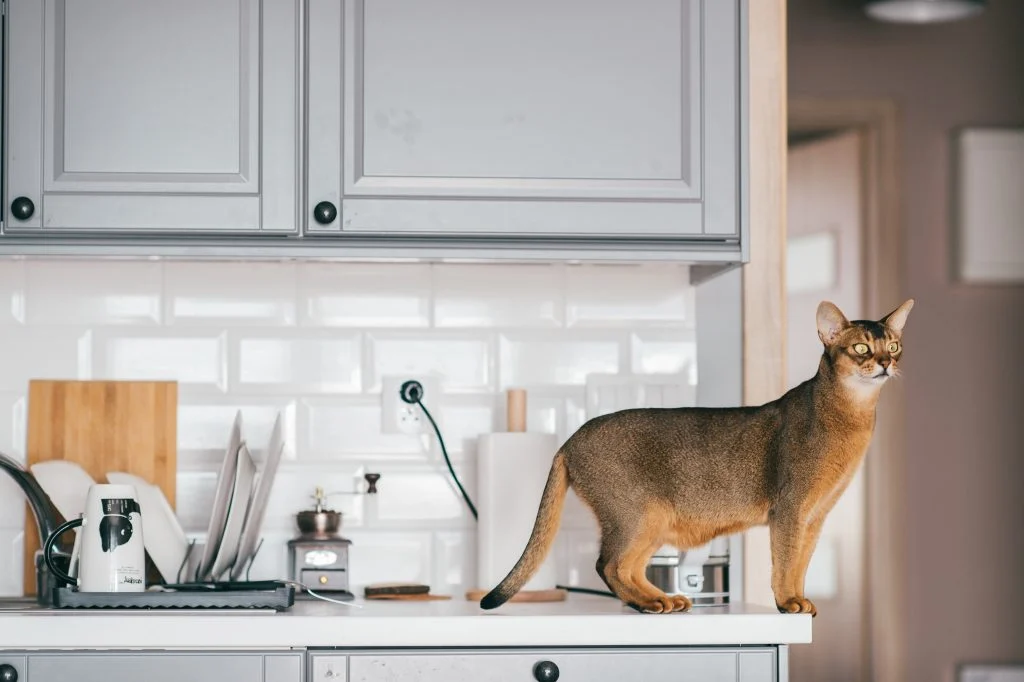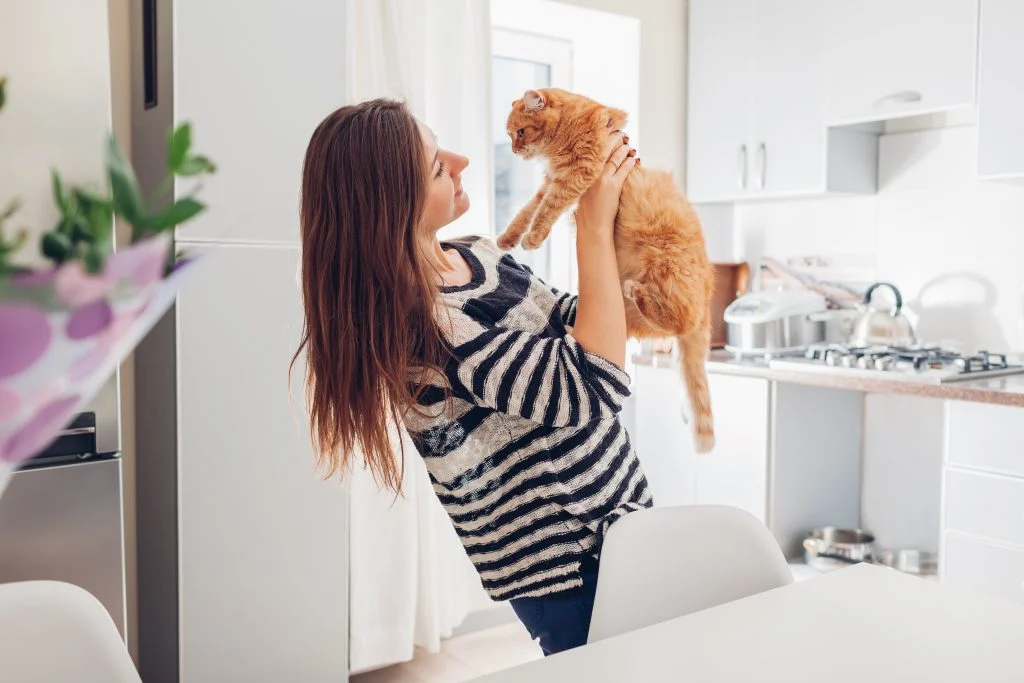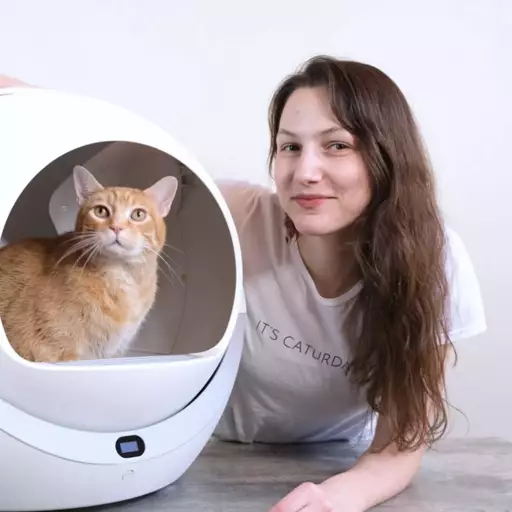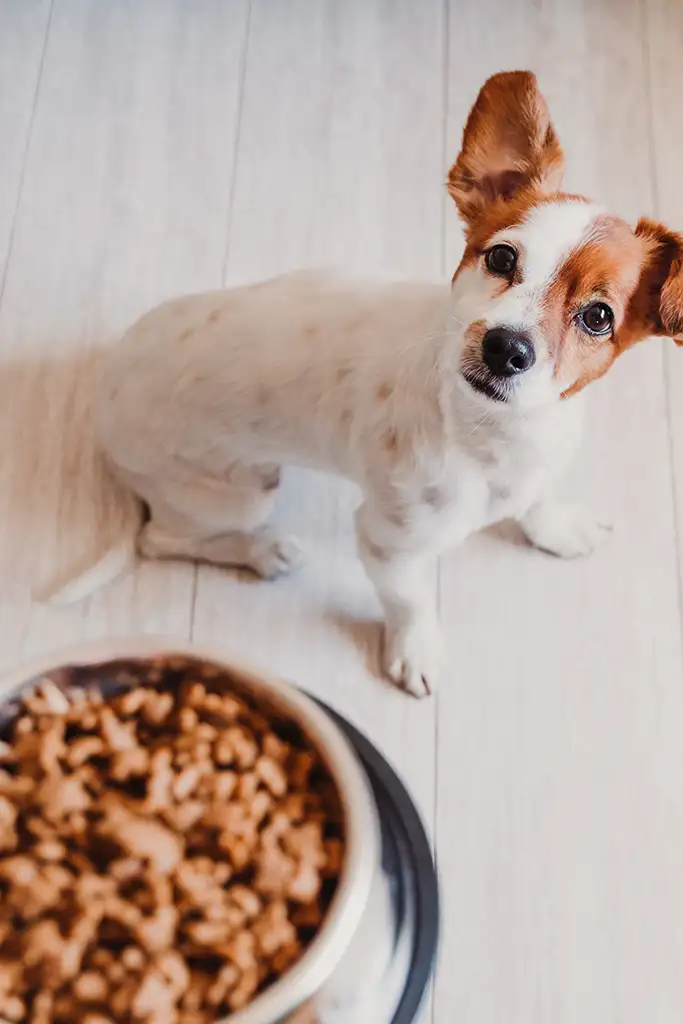Homemade Cat Food, Safety and Tips
It’s hard for many people to imagine that there was a time before commercial pet food, but cats got along just fine for a long time without processed food. Lots of people today have concerns about pet food recalls and what may really be in pet foods. They want healthier food for their pets and they like to oversee what their pets eat. If you are interested in making your own homemade cat food, we can help with that.
There are several ways that people go about feeding a homemade diet for cats.
Raw
A raw diet for cats can consist of the following:
- 80 percent raw boneless meat (muscle meat, fat, skin, tendons, cartilage)
- 10 percent raw meaty bones
- 5-10 percent soft organ meats (about half of this amount should be liver)
Cats have little need for vegetables or fruits and they do not digest carbs as well as dogs can.
If you feed your cat a raw diet, it’s important to alternate meats and organ meats frequently so you cat will get the different amino acids she needs. Variety in the diet can help feeding raw succeed. Turkey, chicken, rabbit, lamb, beef, pork, fish, and other meats can all be alternated. You can use the heart as a boneless meat muscle.
For raw meaty bones you can use small pork and lamb ribs; chicken ribs, necks, and wings; turkey wing tips and ribs; fish that have small bones; rabbits; Cornish game hens; and even ducklings.
Good sources of raw organs include liver, brain, spleen, kidneys, and pancreas.
You can also give your cat a whole raw egg a couple of times per week – including the shell if she will eat it!
Cooked meals
If you prefer to cook food for your cat instead of feeding a raw diet, you may need to invest in a food grinder. In order to eat a healthy diet, cats need both meat and bones. If you will be cooking your cat’s food you can buy meats like chicken thighs and rabbit, for example. Some of these meats and bones will need to be ground to make them easier for your cat to eat and digest. These are not small, soft bones like those given to cats who are fed raw. Chicken thigh bones are thick and dense, as are the bones in many other meats. So, a food grinder is a good idea if you will be cooking meals for your cat on a long term basis.
Using a food grinder gives your cat the benefits of eating fresh ground bounds along with fresh marrow.
Here is a recipe we like from CatInfo.org. This recipe adds in supplements and vitamins to make sure the cat is getting everything she needs in her diet. This recipe is midway between raw and cooked.
- 3 pounds of poultry thigh meat (with bones and skin)or 2.25 lbs of whole carcass ground rabbit and 0.75 lbs of boneless chicken or turkey meat (with skin and fat)
- 4 ounces of liver per 3 lbs of meat/bones/skin
- 2 eggs
- 1 cup water
- 5000-10,000 mg fish oil (Not cod liver oil)
- 400 IU (268 mg) Vitamin E
- 50 mg Vitamin B complex
- 2000 mg powdered taurine
- 1 tsp Morton Lite salt with iodine for the chicken; do not add to the rabbit
- Psyllium
If you do not have a food grinder, the creator of this recipe states that you can use 7 level teaspoons of bone meal per 3 pounds of boneless meat and skin in the recipe.
- Bake the meat and liver at 350 for about 15 minutes; until they are half-cooked. Remove from oven and cook pan in cold water.
- If you have a meat grinder, grind the meat, meaty bones, and skin through the grinder on the 4 mm hole setting.
- Grind the liver and the eggs through the grinder and mix with the meat.
- Combine the water and supplements and mix.
- Pour the mixture into the meat and bone combination and mix well.
The homemade food will keep for 48-72 hours in this state in the refrigerator, but it can be frozen.
You can also find a recipe here for a homemade cat food but it does contain additional carbs and fiber.
Kitchen safety with homemade cat food
If you plan to feed your cat a raw food diet or make your own cat food that you should be aware that many veterinarians are opposed to the idea, as is the American Veterinary Medical Association (AVMA) and the American Animal Hospital Association (AAHA). These groups have concerns about Salmonella and/or a homemade diet being able to meet a cat’s nutritional needs. With Salmonella, the human members of the household can be affected as much or more than the feline members.
Food safety and potential bacterial contamination are important issues but they also exist with commercial pet foods. Advocates for raw feeding and homemade pet food will point out that there are frequent recalls with commercial pet foods and owners cannot oversee how their cat’s food is made or what ingredients are used. With proper handling and cleanliness, you can feed your cat a raw diet or cook for her without experiencing any health issues.
Tips for Kitchen Safety
We recommend following these safe-handling instructions to ensure a successful and long-term feeding program for you and your pet. Feeding raw foods to your pet is safe and simple as long as you follow the handling procedures outlined below.
- Keep raw foods frozen until ready to use.
- Defrost foods in the refrigerator until the food is completely defrosted.
- Feed pets in a stainless steel bowl; stainless steel is easier to clean and disinfect.
- Wash all work surfaces, utensils, food bowls, and hands with hot, soapy water after handling raw meats and poultry.
- Keep raw meats and poultry away from children.
- Keep raw meats and poultry separated from other foods.
- Use different colored sponges in the kitchen – one for your dishes and one for your cat’s.
- Use disinfectant wipes in the kitchen to help with quick clean-ups, then toss them out after making your cat’s food.













